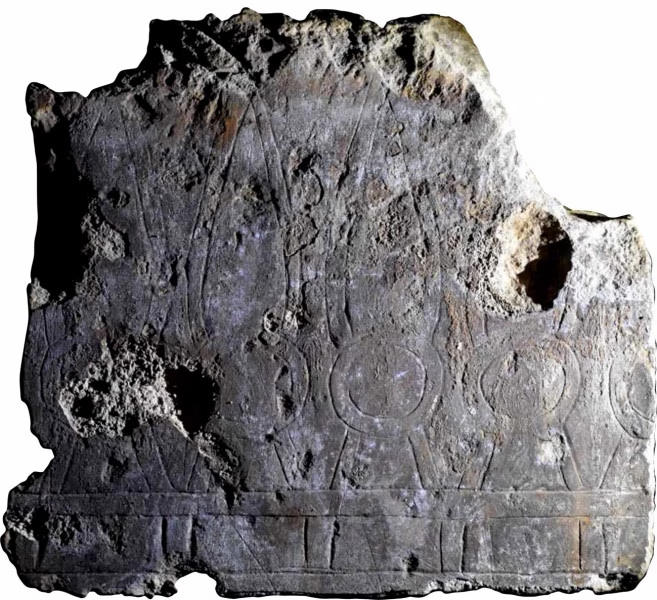Archaeologists have rediscovered the ancient city of Imet, hidden for over two millennia in Egypt’s eastern Nile Delta. Excavations led by the University of Manchester and Egypt’s Sadat University have revealed a once-thriving urban center featuring multi-storey tower houses, grain storage facilities, ceremonial roads, and religious artifacts.
The site, known as Tell el-Fara’in (also called Tell Nabasha), dates back to the 4th century BCE. Using high-resolution satellite imagery, the team identified dense mudbrick remains, indicating a complex and well-planned urban settlement. Dr. Nicky Nielsen, who leads the excavation, emphasized the importance of this discovery in reshaping our understanding of life in ancient northern Egypt.

Evidence of an Advanced Urban Life
Among the most striking discoveries are multi-storey tower houses built on thick foundations—designed to accommodate a growing population. These structures are unique to the Nile Delta and suggest that Imet was a highly developed and densely inhabited city during its time.
Excavators also uncovered grain-processing areas, animal enclosures, and large storage spaces—clear signs of a busy and self-sustaining economy alongside religious activity.

Ceremonial Route to the Cobra Goddess
One of the key findings is a processional road that once connected the city to the Temple of Wadjet, the cobra goddess and protector of Imet. Though the road had fallen out of use by the Ptolemaic period, it provides valuable insight into the religious landscape and shifting spiritual practices of ancient Egypt.
Rich Spiritual Artifacts Emerge
Artifacts uncovered at the site reflect a vibrant spiritual culture. Highlights include a green faience ushabti figure from the 26th Dynasty, a stela of the god Harpocrates with protective symbolism, and a bronze sistrum decorated with the twin heads of Hathor, the goddess of music and joy.

These findings not only emphasize the city’s religious significance but also offer a glimpse into the daily spiritual life of its inhabitants.
A New Chapter in Egyptian Archaeology
Dr. Nielsen notes,
“Discoveries like this are helping to rewrite the history of Egypt’s northern regions. Imet is proving to be a key site in understanding the complexities of urban and religious life in the Late Period.”





